I was asked to seek out street art near me for this task. As I live out in the country this was not very easy. However, I had looked through my coursework for this section and knew it would be coming up. So when I was fortunate enough to be on a holiday with my mum, sister and our families I happened upon an opportunity to experience some local street art near a museum I was visiting. I took some time to explore and photograph any site-specific artwork I could find:
It was very clear that the street art around that area had been done with permission and intention. There were other interesting art installations around the local area as well, which made for a wonderful space to spend time in. Each of the murals had its own take and style, each one created by a different artist, who was allowed to promote their work as part of the street art.
The museum informed and celebrated Mauritian culture and its history in the sugar trade. Each of the murals seems to have been chosen to celebrate either the multicultural heritage of the country and/or aspects of the sugar production itself. So you can see motifs of sugar cane, as well as visual influences from both Africa and the Indian subcontinent. It creates a colourful, vibrant yet eclectic set of images, which somehow gel well together, and with the space itself.
I think in this context, this kind of street art would be considered art. I have seen many examples of art like it in other larger towns and cities in the UK. The salient point that makes the work appealing is the thought that has gone into creating it. Even when the technical skills may be lacking as part of the implementation. When these works have been thought about, have something to say and have a contextual relationship to their surroundings, I think they look brilliant.
Vandalism?
So when does a graffito or mural become vandalism? Given works by Banksy, I am not sure it's as simple as a matter of permission. I look to the etymology of the word, and its link to the Germanic Vandal people of the first century, who sacked Rome for weeks. It gave rise to the word meaning pointless destruction. So I suppose, to me at least, a lack of intention makes something a poor choice for site-specific work.
As an example, I often think of the Chalfont viaduct over the M25 in the UK. For many years a playful graffito was placed over the arches:

My wife and I loved this graffito. It originally was just 'Peas', but someone (the original author or another is unknown) added the other words to turn a 'tag' into something that made you smile. Indeed the viaduct became somewhat of a location marker for us on our journies along the M25. It gave us a sense of time, place and much-needed levity to relieve the long car ride.
So it came as a massive disappointment when it was painted over (not by the railway authorities, it would seem!) to then be replaced by the tag of a graffiti artist who had been making a prolific name for themselves over the south east of England: "Helch". This is when I felt it turned back to vandalism. There was no thought, no intention or respect for the context of the existing work, viaduct or motorway. It was purely ego. Helch has plastered his tag over many more places, usually transport locations like motorways, train lines and stations. The change made a lot of drivers familiar with the old playful graffito disappointed or outright angry. So much so Helch tried to appease by updating the tag:

I think rather than appease drivers, the change simply annoyed people more. There was a lack of respect for the site and the viewer, and I think that showed by other smaller tags being placed on other parts of the viaduct. It stopped being art and became a place for vandalism. While some of his later tags have improved in their quality of execution and creativity, ultimately they are simply tags about him, and not about an idea or in the context of the location. They still anger me, and I still consider them vandalism.
References
Ballard, S. (2018) ‘Give Peas a Chance’ graffiti, Chalfont Viaduct, 2009, Wikipedia. Geograph.org.uk. Available at: https://upload.wikimedia.org/wikipedia/commons/5/5f/Give_Peas_A_Chance_-_geograph.org.uk_-_1723109.jpg (Accessed: 04 October 2024).
Riley, E. (2019) ‘middle aged’ banksy wannabe is behind helch graffiti that upset the queen: Vandal who daubed 60ft ‘tag’ near Windsor Castle is ‘professional making a return to criminal past’, Daily Mail Online. Available at: https://www.dailymail.co.uk/news/article-7399019/Middle-aged-Banksy-wannabe-HELCH-graffiti-upset-Queen.html (Accessed: 04 October 2024).

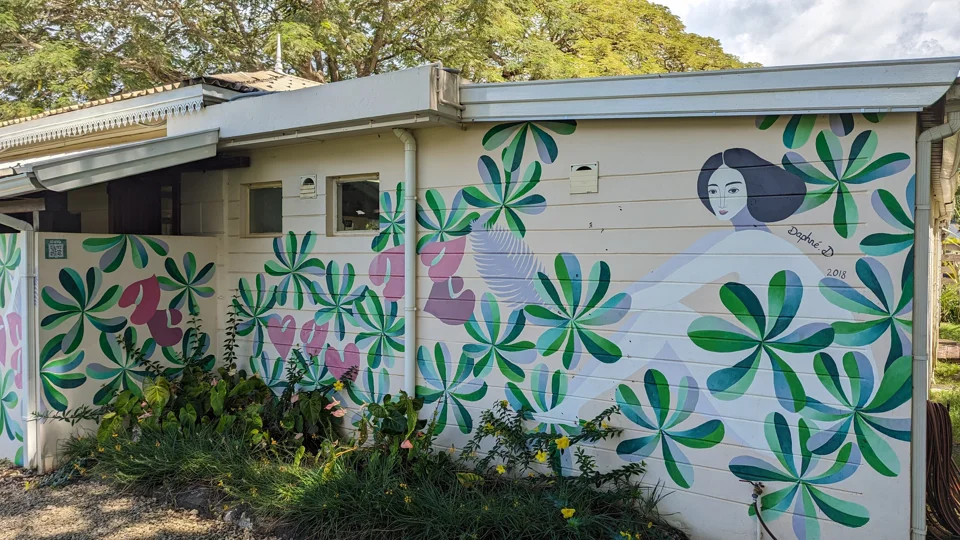
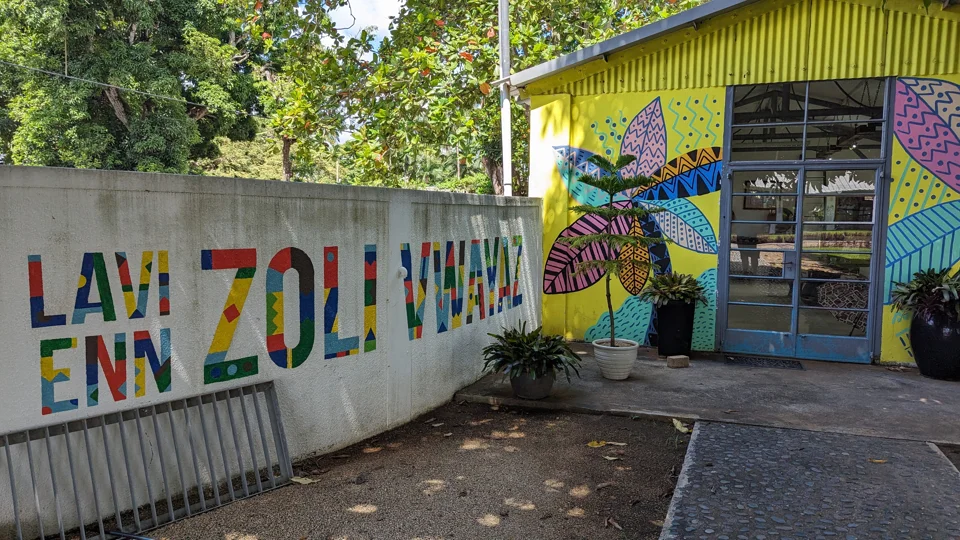

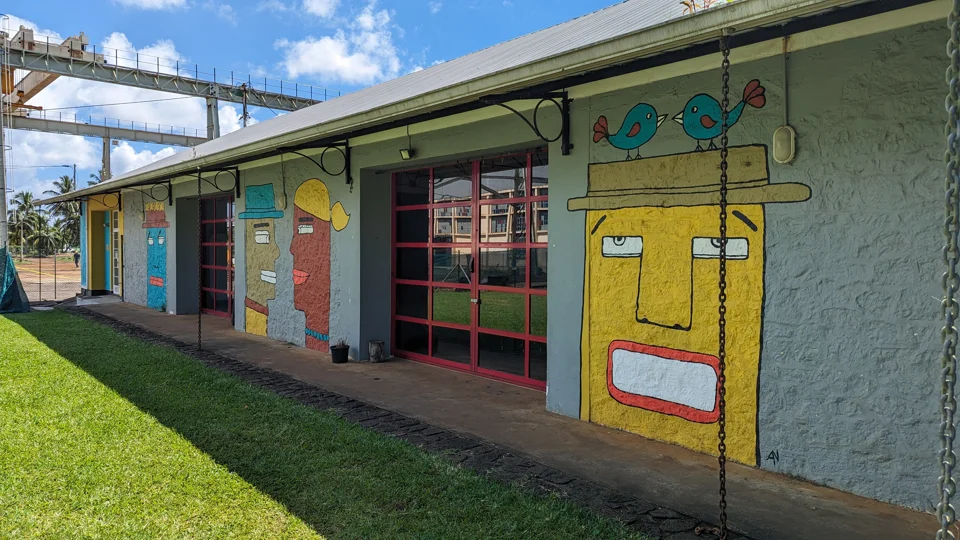
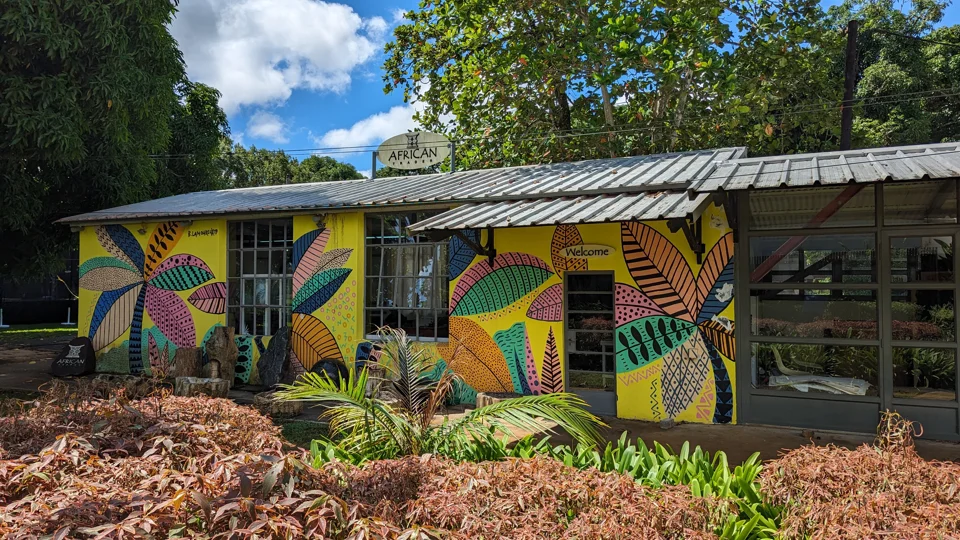

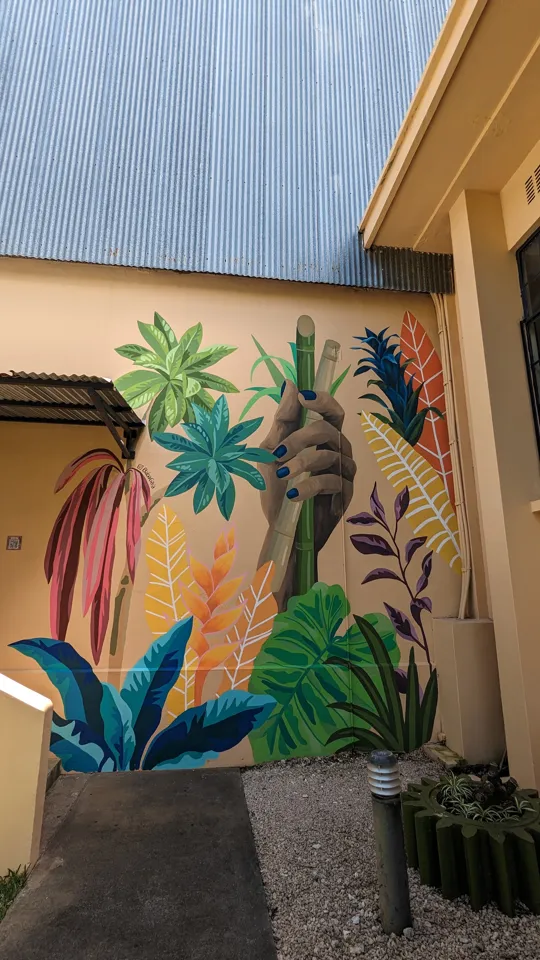

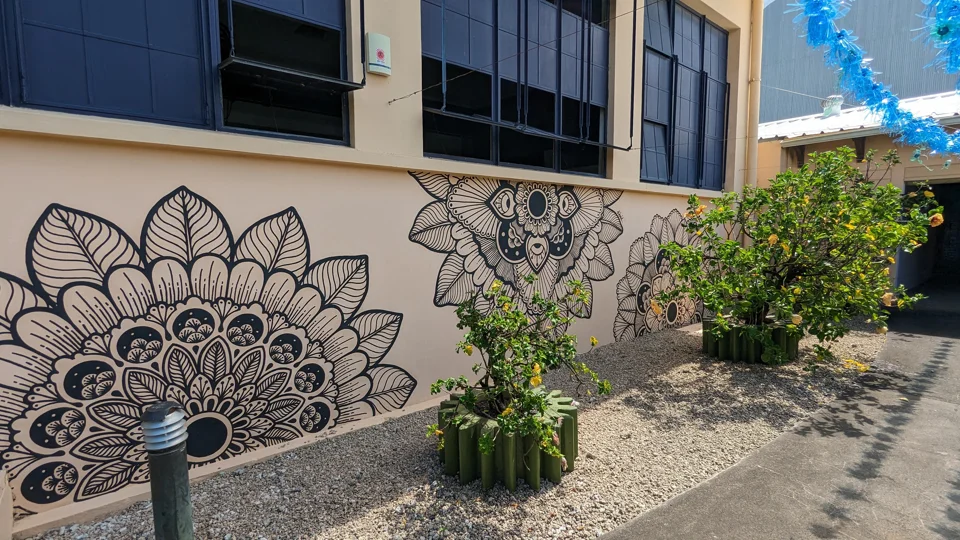
Comments